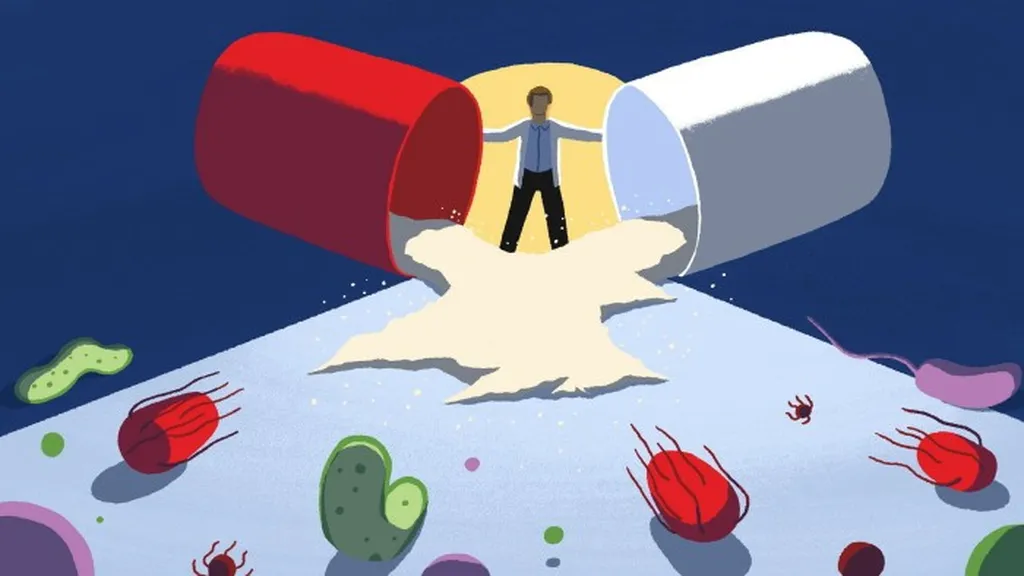In the lush, biodiverse landscapes of North-Eastern India, a treasure trove of medicinal plants holds promise for combating antibiotic resistance and revolutionizing therapeutic strategies. A recent review article published in the *Journal of Pure and Applied Microbiology* (which translates to *Journal of Pure and Applied Microbiology*), led by Prabhjot Singh Jassal, delves into the antimicrobial potency of these traditional medicinal plants, offering insights that could reshape the future of healthcare and agriculture.
The hilly regions of North-Eastern India are home to a rich diversity of medicinal plants, with over 50% of the total plant species being flowering plants, predominantly gymnosperms. These plants are a goldmine of phytochemicals such as terpenoids, tannins, saponins, polyphenols, and flavonoids, which have been shown to possess therapeutic properties against a myriad of human diseases. The review highlights the urgent need to study these phytochemicals thoroughly to unlock their full potential and develop targeted therapeutic strategies.
“Antibiotic resistance has become a serious threat to the treatment of infectious diseases,” says Jassal. “Many microbes are becoming resistant to existing antibiotics, making it crucial to explore alternative treatments. Plant-derived antimicrobial compounds offer a promising solution, as they show no resistance from pathogenic microorganisms.”
The review article provides a comprehensive overview of the beneficial effects of these medicinal plants, focusing on their antimicrobial properties, the presence of diverse bioactive compounds, and their therapeutic effects. This information is invaluable for researchers working in the field, as it offers updated and detailed insights that can guide future research.
Beyond healthcare, these plants also play a crucial role in sustainable agriculture and nutrient cycling. The phytochemicals derived from these plants not only have the potential to combat antibiotic resistance but also to enhance agricultural practices, contributing to a more sustainable and resilient food system.
The commercial implications of this research are significant. The development of plant-derived antimicrobial compounds could lead to the creation of new pharmaceuticals, agricultural products, and even bio-based materials. This could open up new markets and revenue streams for companies in the energy and agricultural sectors, as well as create opportunities for partnerships and collaborations between researchers and industry.
As Jassal notes, “More studies are required to make the best use of phytochemicals extracted from the plants. This research could pave the way for the development of targeted therapeutic strategies, not only in healthcare but also in agriculture, contributing to a more sustainable future.”
In conclusion, the review article by Jassal and his team sheds light on the immense potential of medicinal plants from North-Eastern India. By harnessing the power of these plants, we can combat antibiotic resistance, develop new therapeutic strategies, and contribute to a more sustainable future. The insights provided in this article are a call to action for researchers, industries, and policymakers to collaborate and explore the vast potential of these medicinal plants.

